Carville homes along 48th Avenue in San Francisco, circa 1905. (OpenSFHistory.org)
$20 houses in San Francisco? Carville used to have them.
San Francisco once had a neighborhood cobbled together from old horsecars. In 1895, the Market Street Railway Company began selling its obsolete horse-drawn inventory, “$20 with seats, $10 without.” Within a few years, more than 100 horsecars and streetcars had been repurposed as housing for artists and low-income families along the dunes just south of Golden Gate Park. Dubbed Carville-by-the-Sea, the community included a café, a shoemaker’s shop, a church, and the headquarters of Falcons Women’s Bicycling Club.
In 1904, the New York Times declared the cottages of Carville “the queerest-looking houses that civilized human beings ever occupied.” In time, developers came knocking in search of real estate for San Francisco’s growing middle class. Carville vanished, and the Falcons ceremoniously torched their clubhouse on Independence Day in 1913. Yet one original structure has managed to survive to this day. It’s the last in the series of Carville photos below.
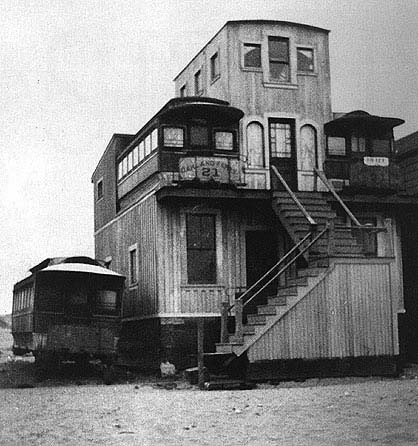
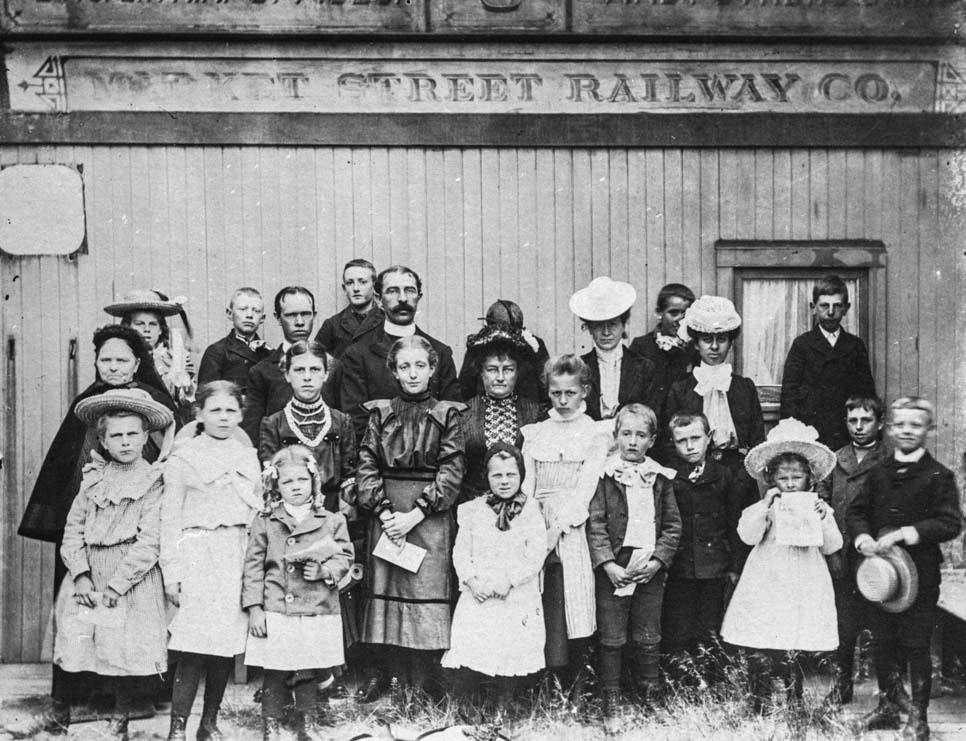
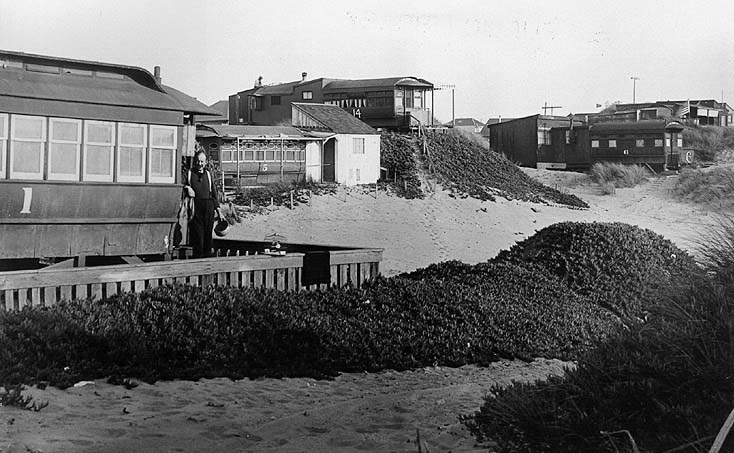
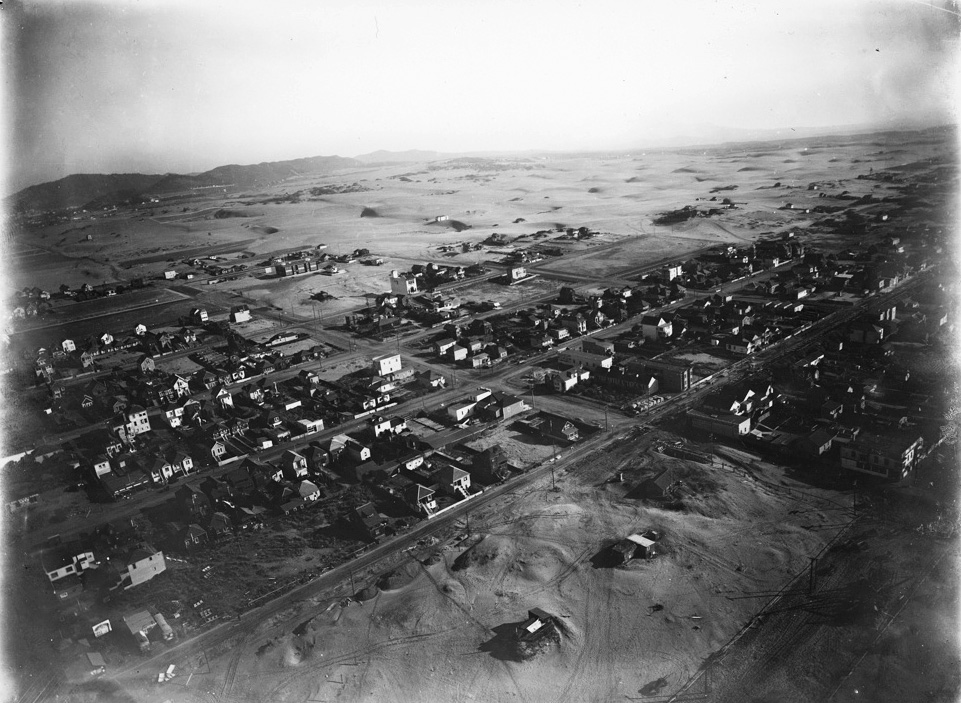
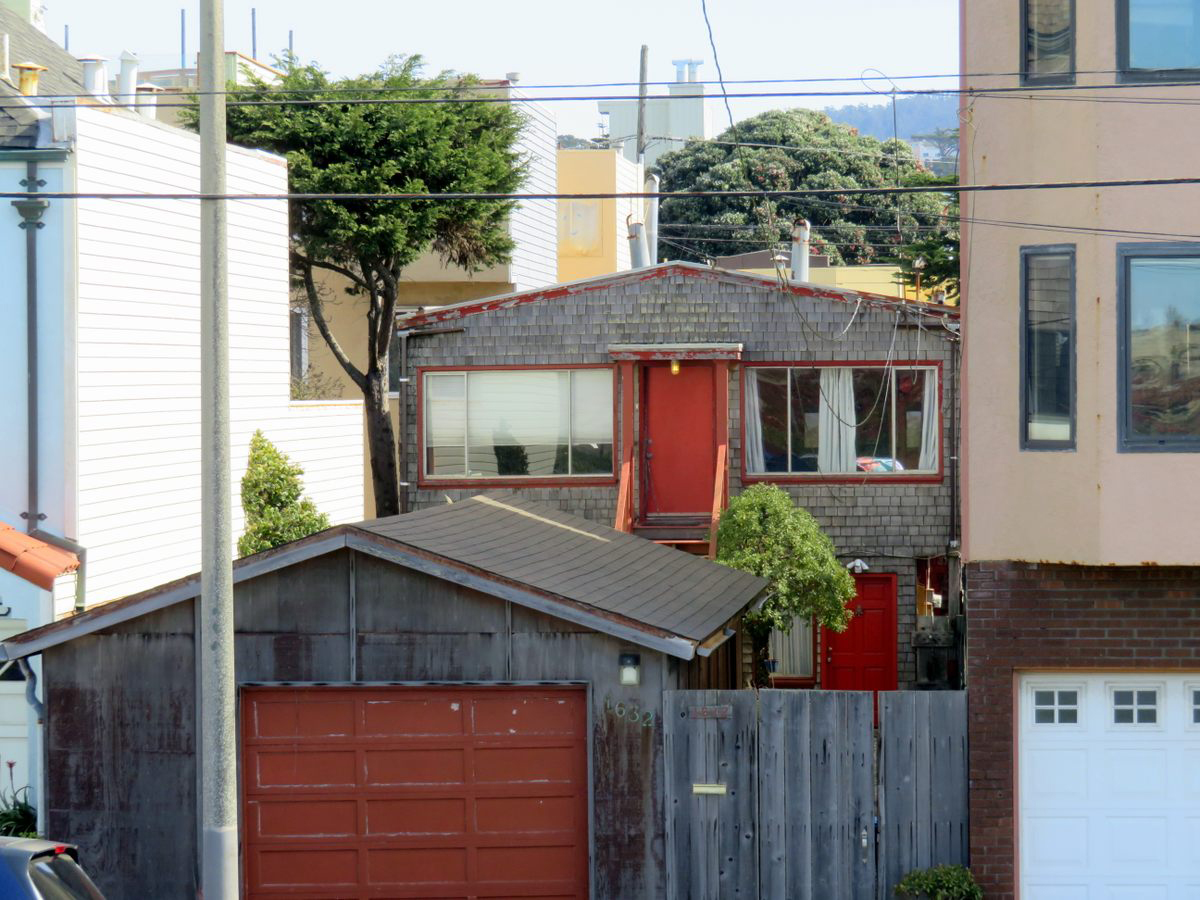
Read more: FoundSF | Atlas Obscura
This article is from the California Sun, a newsletter that delivers must-read stories to your inbox each morning . Sign up here.
Get your daily dose of the Golden State.